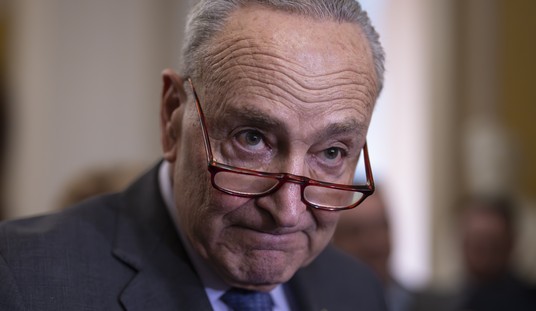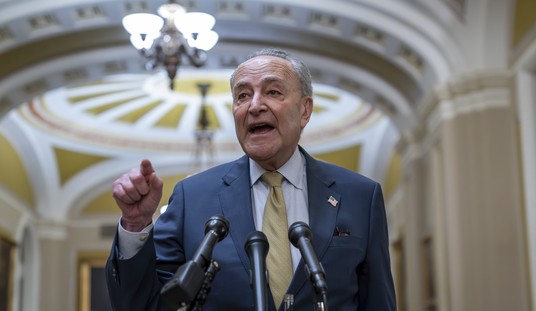Enrollment in a program that forgives some student loan debt is skyrocketing as people apparently cannot make good on the loans they took out for the degree that’s not finding them a job in their field of study. There are a lot of rumblings about a student loan “bubble” and whether or not it is going pop just as the dot.com and housing bubbles did. That remains to be seen. As for now, people are jumping on board with this program.
The federal government is on track to forgive at least $108 billion in student debt in coming years, according to a report that for the first time projects the full cost of plans that tie borrowers’ payments to their earnings.
The report, to be released on Wednesday by the Government Accountability Office, shows the Obama administration’s main strategy for helping student-loan borrowers is proving far more costly than previously thought. The report also presents a scathing review of the Education Department’s accounting methods, which have understated the costs of its various debt-relief plans by tens of billions of dollars.
I cannot express how shocked I am that a government program’s costs are understated. The General Accounting Office said it wouldn’t know the full cost of these repayment programs for another 40 years.
There’s more and guess who benefits from it the most?
The overall government loan program—currently totaling $1.26 trillion of debt outstanding, including privately issued loans backed by the government—continues to generate a profit, though these projected revenues are dwindling as more people go into income-based repayment.
The government has a separate program, not included in the $108 billion estimate, to forgive loans to students who prove their colleges lured them to enroll by deceptive practices.
Critics, including academics across the political spectrum, say the income-based repayment program isn’t targeting the neediest borrowers and instead bestows big benefits on those who attend pricey colleges and graduate schools and earn high incomes.
How do you like that, taxpayers? People are borrowing money to attend schools such as Oberlin, where tuition is $50,000 a year, and you’re emptying your wallet as they get to skip out on the money they owe. The only upside is the forgiveness is being treated as taxable income for anybody working in the private sector. Public sector employees don’t have to deal with the loan forgiveness as income.
Much of the problem extends from the government offering to guarantee student loans to start. With that guarantee, anybody can get a school loan, including people not adequately prepared to go to college or who will go into a field of study where employment is difficult to obtain. Now, it’s a mess.











Join the conversation as a VIP Member